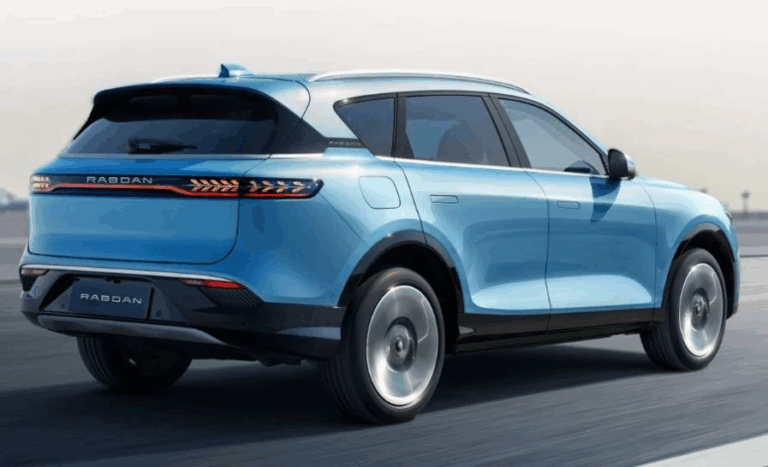Driving in Lebanon: Rules, Road Tips, and What to Expect
Driving in Lebanon is both rewarding and challenging. The roads take you from coastal highways and historic towns to winding mountain passes, offering a diverse driving experience unlike anywhere else in the region. Here is what to keep in mind before getting behind the wheel.
Road Rules and Requirements
When renting a car in Lebanon you should expect that all drivers must carry a valid driving license, insurance papers, and vehicle registration. Police checks are common, especially on highways, so keep your documents accessible. Speed limits vary: 50 km/h in urban areas, 80 km/h on rural roads, and 100 km/h on highways. Seat belts are mandatory for all passengers.
Driving Habits and Local Etiquette
Lebanese drivers are confident and assertive. While it may seem chaotic at first, the key is to stay alert, patient, and anticipate others’ movements. Horns are often used to communicate rather than signal frustration. Be cautious at intersections, as right-of-way is not always respected.
Parking and Navigation
In Beirut and other major cities, parking can be limited. Paid parking meters are common in central areas, and many private lots operate with attendants. In smaller towns, parking is typically free but space is tight. Using navigation apps such as Google Maps or Waze helps avoid congestion, especially during rush hours.
What to Expect on the Road
Lebanon’s terrain means roads can change quickly, from smooth highways to narrow mountain bends. Road maintenance varies, so stay cautious, especially in rural areas or during winter when fog and rain reduce visibility.
Driving in Lebanon requires confidence and adaptability, but it rewards you with stunning views and unmatched freedom to explore the country on your own terms. So always make sure you are ready when you rent a car in Lebanon.
You can also ask us for information when you rent a car from car2go.rent







